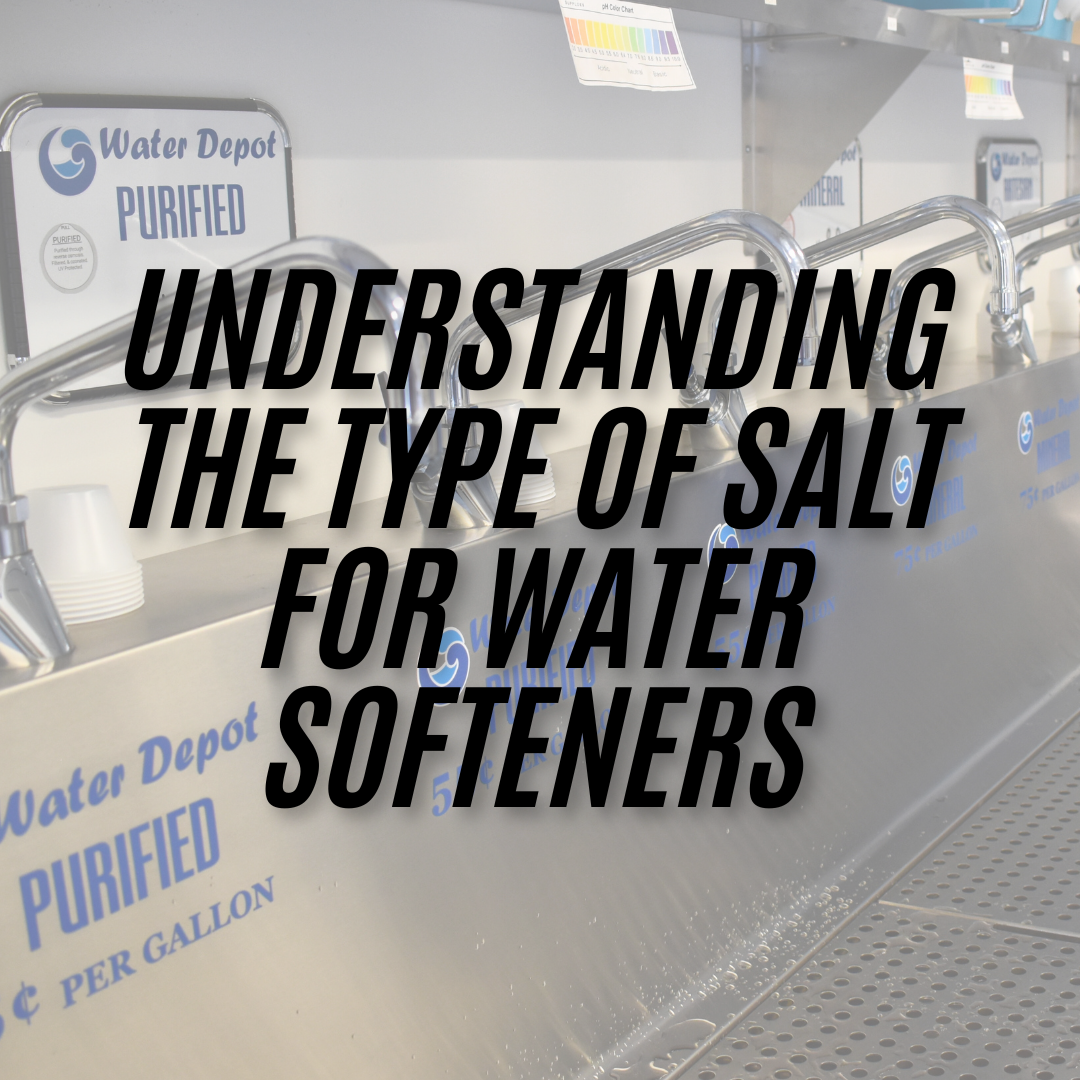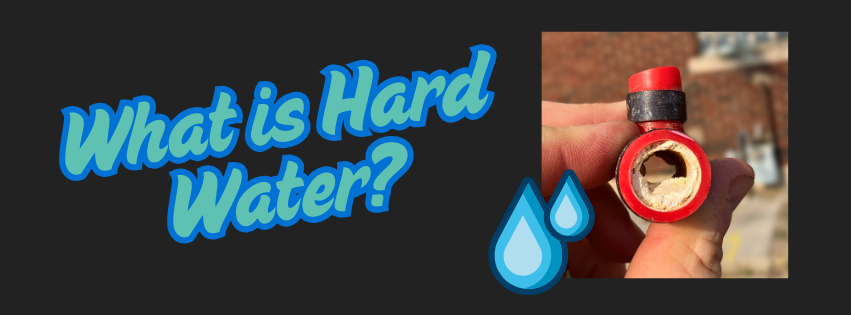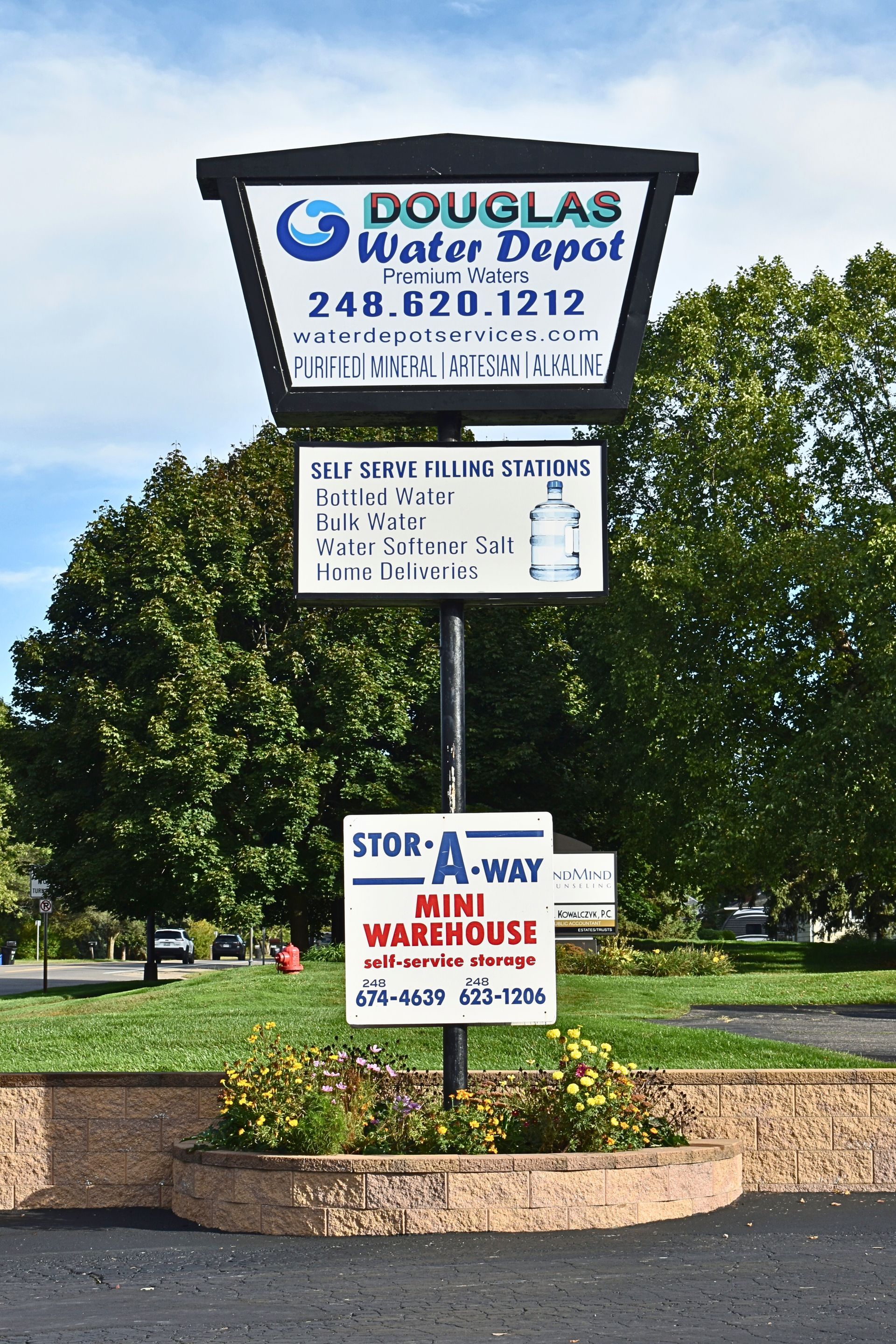What are VOCs, PFOAs, & PFOS?
Introduction
There’s a long list of things that can end up in your water – and many of them shouldn’t be there. Among the most concerning are contaminants known as VOCs, PFOAs, and PFOS. While these chemicals have been around for decades, it’s only in recent years that they’ve gained the attention they deserve due to their potential health risks.
These pollutants are not only
common in everyday products, but they also tend to be
persistent in the environment. That means once they enter you water supply, they’re hard to remove – and pontentially harmful if left untreated.
What are VOCs?
Volatile Organic Compounds (VOCs) are chemicals that can vaporize into air and dissolve in water. Once released into groundwater, many VOCs persist for long periods and can easily migrate into drinking water wells.
Common Sources of VOCs:
Industrial solvents (like acetone or paint thinners)
gasoline and petroleum byproducts
cleaning agents
pesticides and herbicides
paints and varnishes
Health Effects of VOC Exposure:
Respiratory issues
Headaches and dizziness
Liver and kidney damage
Increased risk of certain Cancers
How VOCs Enter Water:
Leaks or spills from industrial facilities
Landfills and improper chemical disposal
Runoff from agricultural or residential areas
What are PFOAs and PFOs?
Perfluorooctanoic Acid (PFOA) and Perfluorooctane Sulfonate (PFOS) are man – made chemicals in the PFAS (Per- and Polyfluoroalkyl Substances) group. Known as “forever chemicals,” PFAS don’t break down easily in the environment, making them a long – term threat to water quality.
Common Sources of PFAS:
Non – stick cookware (like Teflon)
Water- and stain – resistant fabrics
Firefighting foam
Food packaging and water – repellent materials
Health Effects of PFAS Exposure:
Increased risk of certain cancers
Hormone disruption
Weakened immune system
Developmental delays in children
How PFAS Enter Water:
Industrial discharge into waterways
Contaminated soil runoff
Degradation of consumer products
How to Protect Your Water from VOCs and PFAS
Get your water tested
The first and most important step is knowing what’s in your water. Contact your local health department or certified water testing lab to determine if contaminants like VOCs and PFAS are present. While at – home test kits can give a general idea, professional testing is always recommended for accurate results.
Use Advanced Filtration Systems
Certain water treatment systems can effectively remove or reduce VOCs and PFAS from your drinking water.
Carbon Filtration: Effective against VOCs and PFAS. Common in pitcher filters and whole – house systems
Reverse Osmosis (RO): Highly effective at removing VOCs, PFAS, and over 99 other contaminants. The EcoWater ERO 385 RO system is certified to remove both VOCs, and PFAS, making it a reliable point – of – use system for kitchen sinks or fridges.
Stay Informed About Local Water Quality
Check municipal water reports, often published in your local newspaper or online. Follow EPA and state regulations for updates on VOC and PFAS limits. Stay educated on emerging contaminants that may pose a risk
Conclusion
VOCs, PFOAs, and PFOS are real and serious threats to the safety of your drinking water. Prolonged exposure to these chemicals can lead to a variety of health concerns. Some of which may be irreversible. But the good news is – you can take action.
A reverse osmosis system, like the EcoWater ERO 385, provides a strong line of defense. Regular water testing, responsible product choices, and high – quality filtration can go a long way in protecting your family’s health. Clean, safe water isn’t a luxury – it’s a necessity. If you have questions about your water quality or are interested in installing RO system in your home, contact any of our Douglas Water locations today. We’re happy to help you find the best solution for your needs and ensure that the water you use every day is as pure and safe as possible.





